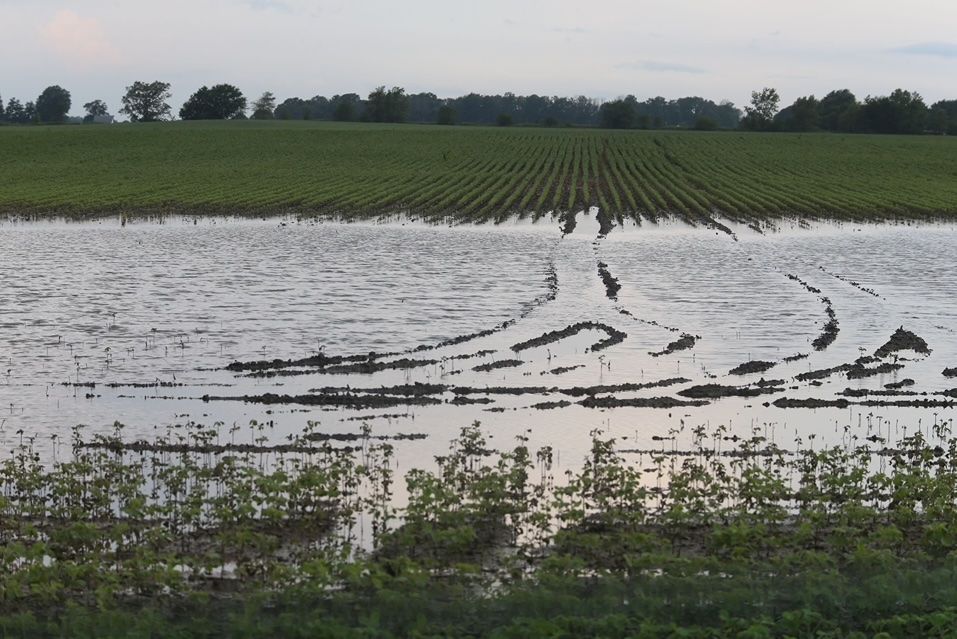Aim For Higher-Yielding Double-Cropped Soybeans

After harvesting small grains, such as wheat, many U.S. soybean farmers opt to double their pleasure and plant soybeans into the just-emptied field.
The main disadvantage of double-cropping soybeans however, is the potential for lower soybean yields, primarily due to late planting. According to Virginia Tech soybean researcher David Holshouser, Ph.D., farmers can increase double-cropped soybean yields by focusing on production practices that enhance the advantages and minimize the disadvantages. Double-cropping is popular because it provides many advantages, including more cash flow, improved soil quality, less soil erosion, more intensive use of land, equipment, labor and capital, and greater overall production of food and feed.
He recommends several strategies soybean farmers can implement to manage the following four variables to increase double-crop yields:
Small grain residues
- Cut the grain high or use a stripper header and uniformly spread the residue and set the planter to cut through and penetrate the soil to a proper seeding depth.
- Remember that maintaining residue conserves soil moisture and builds soil fertility, but soil-seed contact is critical to germination
Late planting
- Plant soybeans the same day of small grain harvest.
- Use a late-maturing soybean variety that will mature before frost.
- Plant in narrow rows with a higher seeding rate.
Pests
- Start with a clean, weed-free field, add residual herbicides to pre and/or post burndown applications and rotate modes of action.
- Use spray insecticides based on economic thresholds.
- Sample for nematodes.
- Select pest-resistant soybean varieties.
Economics
- Pay attention to soil types and productivity differences to determine the best fields for double-cropping.
- Compare soybean prices with small-grain prices to decide whether to plant full-season or double-cropped soybeans.
- Evaluate variable costs and fixed costs.
Holshouser stresses that farmers can improve double-cropped soybean yields by focusing on the variables that have the greatest impact.



